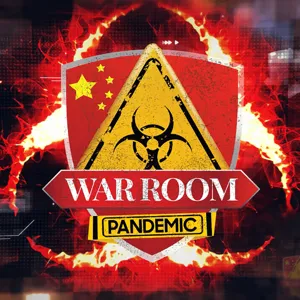By Russ Gonnering at Brownstone dot org.
Why do organizations and companies die while cities seem to live on? Why did the Western Roman Empire end in 476 A.D while the Eastern counterpart lasted for almost another 1,000 years?
Although both Empires fell, many of the cities in both have continued to the present. Why?
While the answers can be approached on multiple levels: cosmological, theological, physical, political, etc., this essay will only focus on the social, the level which we can tangibly experience and possibly influence.
Lifespans of organisms, companies, organizations, and cities are extensively, and very readably, covered in Scale: The Universal Laws of Life, Growth, and Death in Organisms, Cities, and Companies. Geoffrey West reviews the work done at the Santa Fe Institute exploring the allometric scaling equation that relates energy utilization to lifespan. Organisms and companies scale "sublinearly:" organisms based on massand companies based on economy of scale and profit.
Cities on the other hand scale "supralinearly" based on population and value innovation and idea creation. Nonprofits seem to follow an ill-defined and fluid intermediate pattern that still needs more exploration.
The concept of Entropy has been expanded from its original concept of loss of energy experienced in transfer to include randomness, ambiguity, and disorder in multiple systems: statistical mechanics, information, decision-making, social systems, and organizations. Organizational sustainability depends upon a given organization's ability to mitigate the effects of such entropy.
In a closed system, entropy invariably increases and is irreversible. Jia and Wang emphasize that the organization's effort to mitigate the effects of entropy is dependent upon the members' ability to mitigate it personally. They recommend a four-dimensional control model:
Increase learning, opening the individual and therefore the organization to new ideas.
Consciously focus on goals.
Be open to constructive change.
Understand that a certain amount of risk-taking will be necessary.
Over the past few years, I have experienced the "death" of several organizations that were important to me. Though never reaching the rank of Eagle Scout (I stopped at the penultimate level of Life Scout), the Boy Scouts of America played a pivotal role in my youth. I spent my Junior undergrad year with an organization that facilitated the study of American students at the University of Vienna.
It was an incredible life-changing experience (my future wife was also a student), but what I remember most was the ability of many students with vastly different life experiences being able to come together to form an almost organic bond.
My professional life was marked by participation in two organizations that were similar in the ability to meld individuals into something larger than themselves. One was a hospital that rose from a seemingly ordinary community hospital into a major medical center within the span of a decade. I had worked there as a surgical technician, medical student, and intern, and ended as Chief of Ophthalmology and elected Chief of Staff.
The second was a subspecialty society that devoted its efforts to creating a premier educational program for the entire United States and Canada.
I participated in a Master's of Medical Management degree (MMM) cohort at a major business school, where I learned much of what has formed the concepts behind this essay. Finally, my wife, children, and I were members of a Spirit-filled church for over 30 years that grew into a spiritual force that literally spread through the entire world.
All these organizations had a common characteristic: they were significantly more than the sum of the parts. They all had a "noble cause" that energized the participants to stretch their efforts and impact the world in which they operated. Yet within a short period of time all of them either atrophied or toppled altogether. Why?
In Drive: The Surprisi...





 View all episodes
View all episodes


 By Brownstone Institute
By Brownstone Institute



















